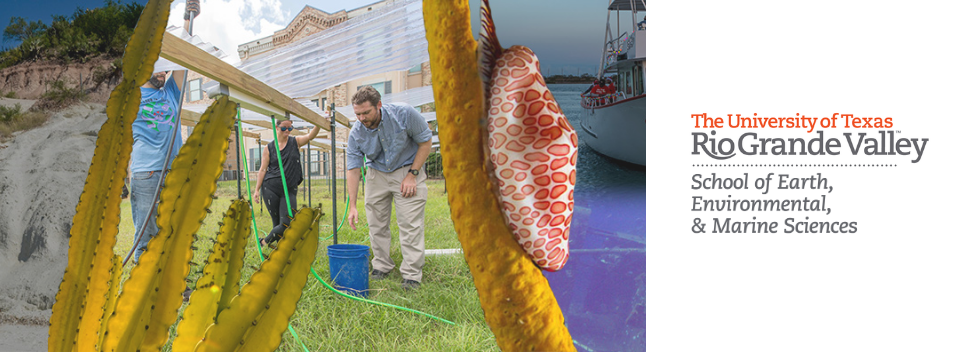
School of Earth, Environmental, & Marine Sciences Faculty Publications and Presentations
Document Type
Article
Publication Date
7-21-2022
Abstract
Mesophotic coral reef ecosystems (MCEs) are characterized by gradients in irradi ance, temperature and trophic resources. As depth increases on Caribbean mesophotic reefs, particulate organic matter increases while dissolved organic matter decreases, and the increase in particulate organic matter is directly related to the increase in sponge abundances and growth rates on MCEs. To further understand the trophic ecology of sponges, changes in microbiome composition and function, stable isotopic composition and proximate biochemical composition of 4 Caribbean reef sponges (Amphimedon compressa, Agelas tubulata, Plakortis angulospiculatus and Xestospongia muta) were quantified along a shallow to mesophotic depth gradient on Grand Cayman Island. Increases in δ15N for all sponges were observed as depth increased, indicating an increasing reliance on heterotrophic food resources. Species-specific changes in symbiotic microbial community composition were also observed as depth in creased, and the predicted functional genes associated with nitrogen and carbon cycling showed species-specific changes between depths. Re gardless of species-specific changes in micro biome community structure or function, or whether sponges were classified as high microbial or low microbial abundance, sponges increased their consumption of particulate organic matter with increasing depth into the lower mesophotic zone.
Recommended Citation
Macartney KJ, Pankey MS, Clayshulte Abraham A, Slattery M, Lesser MP (2022) Depth-dependent trophic strategies of Caribbean sponges on mesophotic coral reefs. Mar Ecol Prog Ser 693:125-140. https://doi.org/10.3354/meps14059
Publication Title
Marine Ecology Progress Series
DOI
10.3354/meps14059


Comments
Post-Doc.
© Inter-Research 2022